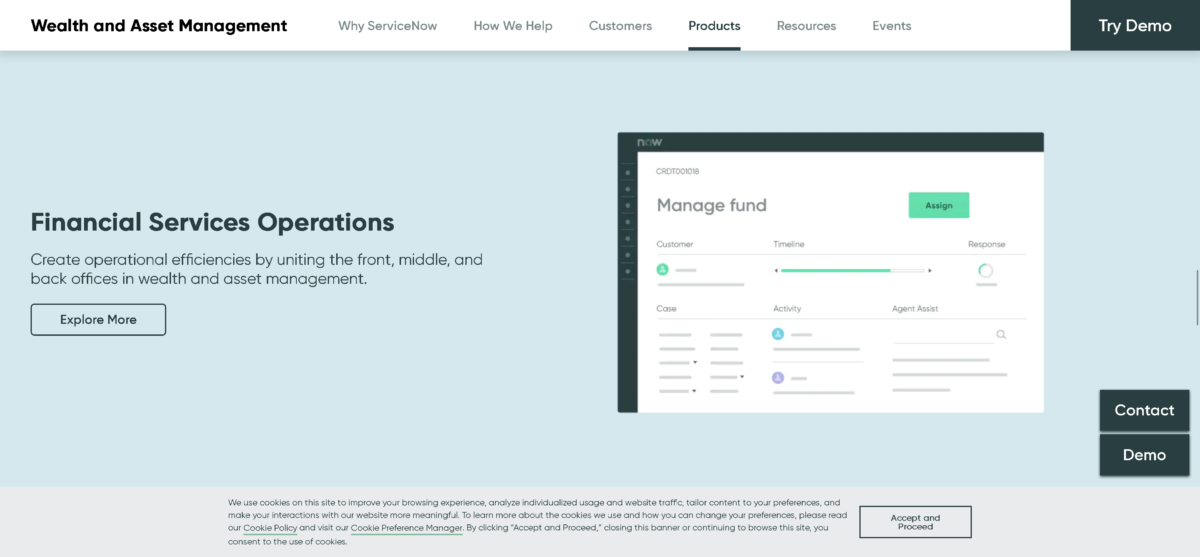If you’ve been observant of the managed services providers MSP industry over the last two years, you’ve no doubt noticed that it has had significant difficulty expanding its service capabilities and growing its revenue stream around cloud computing. At least that was the analysis of recent market research studies assessing the status of cloud computing within service provider businesses. Service Leadership Inc. — who’s website ticker displays the most recent four quarters of financial performance and headcount for Solution Providers — reports that the cloud, on average over the last year, accounted for only 6.6% of solution provider revenue. Furthermore, according to TechTarget’s John Moore, Autotask which last month released the results of its annual MSP market study, found that 62% of its 1,800 survey respondents generated 30% or less of their revenue from cloud services and 42% said they generated less than 15 percent of their sales from the cloud. Lastly, a 2014 study of Keseya’s MSP State of the Union found that only 18% of “world-class” MSPs were offering cloud services as part of their product portfolio.
So what’s causing this barrier to revenue growth and what’s preventing MSPs from taking advantage of the over 12,000 cloud services (unofficial count) available to businesses and consumers? Does the answer lie with MSP mergers and acquisitions, that is, why find the client when we can buy them?
So, I’ve been thinking about this for some time. Then I recently networked with a CEO of a mid-sized MSP and after listening to him, I understood the fundamental problems that MSPs face and also realized that they may never be able to “rise to the occasion.”
As he described – a few years ago, the dilemma surrounding the cloud was a relatively easy one to address for MSPs, especially when their clients were asking questions about what is cloud computing and how could it ultimately benefit them. That was then, but now most businesses are serious about adopting the technology, and they are driving to make it happen. The following are several impediments and challenges that are preventing MSPs from generating significant revenue and successfully fulfilling their clients and prospects demands for cloud services.
Building a private cloud is not the path to success. I do find it fascinating how many MSPs “convince” themselves that, by building a self-hosted virtualized infrastructure, they can call themselves a cloud services provider (CSP). And by the way, a private cloud is no more than a self-hosted virtualized infrastructure. Under the cloud model, the value proposition is about delivering high-quality service and agility, not just a hosted environment – so uptime, availability, disaster recovery, and security are critical. Further, cloud services should have modular service-oriented architectures which incorporate billing and management capabilities. Lastly, the cloud model dictates that the provider’s website / portal is no longer just the place where you get product and company information. It must be piece of the product and the start of a dynamic customer experience. You show me a MSP that does all the above, and I’ll show you a CSP.
MSPs are seeing the same problems that enterprise IT departments face when implementing cloud services – lack of focus on skills geared for business than technology, lack of financial modeling focus (CAPEX vs OPEX), lack of focus on development and business processes. The reason the large public clouds (and the companies that provide services to manage them) have grown so quickly is that they are primarily focused on helping make developers and business process more agile and automated. Conversely, MSPs are still only focused on deploying VMs or host commercial applications (Microsoft, Oracle, SAP, etc.), thus primarily concentrated on helping IT do their job in a more automated and consistent way rather than center on better business and development practices.
Like with political campaigns, it’s all too easy to concentrate on what you think your constituent’s biggest concern is. Typically, the first thing every managed Service Providers believes will solve their clients’ needs entails IT infrastructure. As a result, MSPs that go with this route usually forego partnering with any cloud provider and instead build a private cloud or hosted application solution. This scenario may seem unnecessarily basic, but it’s true that many MSPs simply don’t have the vision in place on how to deliver cloud computing to the client. Businesses require a partner that will assist them to generate additional revenue. They are not only looking for help to use technology more efficiently, but also more strategically. Businesses need support to make their processes more agile so they can keep up with the pace of change in today’s business environment. But unfortunately, as my CEO friend said, MSPs are not incentivized to identify the right type of cloud approach or service that works best for their clients.
And just like Marcia in the Brady Bunch, so too does margin get all the attention with MSPs. Fueled by cloud solutions, businesses are quickly moving beyond the traditional approach to managed service pricing. However, many MSPs still remain fixated on overhead, legacy pricing, and margin rather than a customer-oriented value model. And again, MSPs usually forego partnering with any cloud providers and instead build “homegrown” private cloud solutions. They develop a false notion that using this strategy will allow the MSP to retain absolute control over every aspect of the solution. However, the downside is typically financial in nature — building and maintaining a cloud is a major investment, and it will take a long time or never to see a return on that investment.
Clearly, the overall global business model towards technology is quickly evolving, and MSPs are falling behind. MSP consolidation may help in the short term, but business acquisition is not a sustainable model in this vertical. MSPs need to move toward being valued by customers for their technology “business” advice as opposed to lifecycle management and support. And unfortunately, it’s my opinion, that this is too big a chasm for the majority of them to cross.
However, although I feel the future looks bleak for MSPs, Nature does abhor a vacuum. Stay tuned next month, when I discuss the IT business paradigm that can build on and surpass the MSP model while becoming integral business partners with their clients.
By Anthony Pagano





